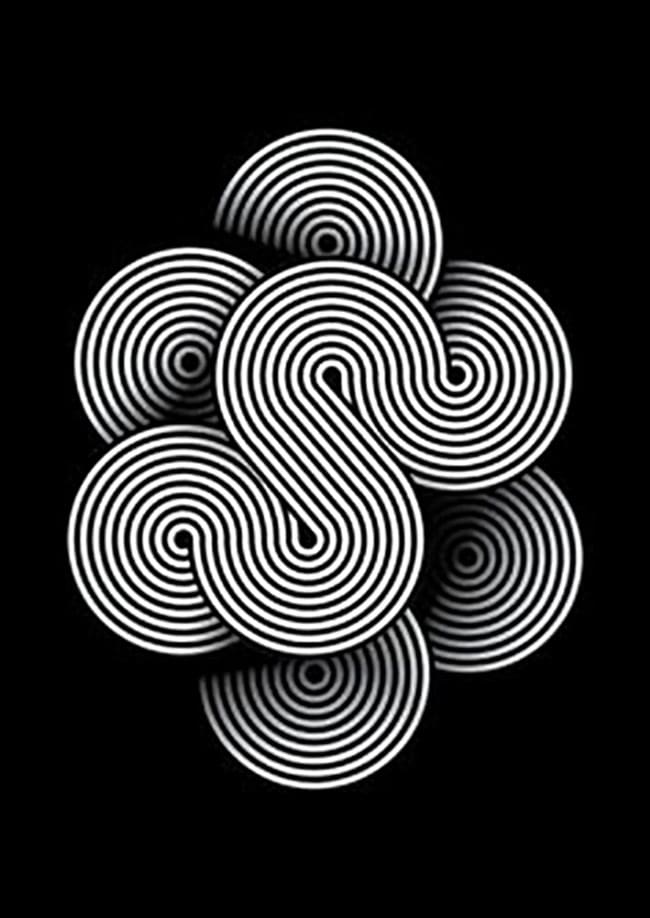Bringing Purpose to the Tetons

“Everyone is genius … but if you judge a fish by its ability to climb a tree, it will live its whole life thinking that it is stupid.”
Albert Einstein
“Spring the dancer from the box”
“Cultivate a warrior’s garden”
“Be the Wolfdog who sees rainbows”
“Teach dragonflies how to soar”
These were some of the “purpose statements” created by bankers, executive directors, marketing managers, and non-profit leaders that emerged from the Teton Leadership Institute’s 2-day Purpose to Impact workshop this fall. At least one of the leaders will likely take her purpose to her grave. The others will have 30- and 60-day check-ins to see how they lead their lives and evolve their purpose statements.
The inaugural Purpose to Impact Workshop, held this past September, was led by Nick Craig, founder of the Core Leadership Institute headquartered in Boston. Craig, a self-described Gandolf and keynote speaker at TLC’s Kick-Off Summit just days before, believes that “Purpose and Leadership are big words for this kind of work.” He believes, “You don’t have to stand in the front of the room to be a leader. We are all leaders, and all have a purpose,” which Craig defines as a ‘soul contract.’
The 2023 State of the Workforce Gallup study indicates 87 percent of employees in 145 countries are disengaged at work. However, according to a LinkedIn Global Study, “purpose-oriented workers” are 64 percent more likely to find fulfillment in their jobs and 73 percent more likely to find job satisfaction.
On the first day of the workshop, 18 nonprofit leaders, educators, bankers, and dreamers dressed in shoes with good treads and sipping from their trendy water bottles and scribbled notes in a confined First Interstate conference room. Only two male participants were surrounded by women.
“Purpose was present when you were a kid and will still be the same when you are 102,” wrote Craig in his book, Leading from Purpose: Clarity and the Confidence to Act When It Matters Most.
“If everyone were able to live their purpose, just imagine — this world would be an amazing place,” said Susan Durfee, director of Central Wyoming College.
“Why do you think I do this?” asked my group’s co-facilitator, Lisa DeAngelis, Ph.D, the owner of Dragonfly Coaching LLC and Senior Consultant for the Core Leadership Institute. Accustomed to working with organizations like Herseys and the US Naval Academy at West Point, DeAngelis quickly shucked her business blazer in exchange for a down puffy and kicked off her heels once she read the room full of Teton locals.
“’Purpose is the element that makes the impossible possible,” suggested Craig.
It’s this core idea that propells DeAngelis and Craig work to with companies worldwide to re-energize leaders to engage in an overwhelmingly disengaged world. It’s this shift that gets Sandy Schultz Hessler, the executive director of the Teton Leadership Center, out of bed in the morning. “I have worked a lot with living visions and had a lot of amazing success,” Hessler said. “Now, when we put this soul contract of purpose in the middle, it is exciting to write it down in the present and see what happens.”
For our first exercise, we journaled independently, penciling in our thoughts to questions like:
What is the part of you most people see?
What is the part of you that most people don’t see?
What life experience made you that way?
We broke into smaller groups and shared our “crucible moments.” The moments that challenged us to our core. It was only 10:00 am and already there were tears, even from the men. When we learned that it’s the most challenging crucible moments that make us who we are and are the catalysts to finding our purpose, we quickly shifted the conversation from post-traumatic stress to post-traumatic growth.
“We have to overcome a lot of barriers of our own making. What is the biggest fear? The fear that we are going to be successful?” asked DeAngelis.
Most of us began to feel lighter, bigger; we exhaled deeper until we didn’t.
“Seeing the patterns from my crucible moments makes me feel dismayed,” said one participant.
“I didn’t realize this was going to be a therapy session,” said another.
Most agreed that sharing our vulnerability and struggles and hearing that we are not alone made us feel seen as a whole person.
“We rarely get to be seen for who we are and what we’ve been through,” said Gary Trauner, executive director of Silicon Couloir, a co-sponsor of the workshop.
Then the hard work began. Writing and refining our purpose statements.
On the second day, we faced the Tetons. If you’ve ever been to the Tetons, you know what I mean. We were invited to wander around a magical place on the National Elk Refuge and honing in on how we apply our purpose to ourselves.
We are not what we do; we are how we do it. The Wolfdog, stigmatized for having eyes two different colors, saw the bigger picture. The dancer, who was confined by what other people told her she should be, twirled.
“The poetry in the purpose is in the plan,” Craig said. “Your purpose is measurable, and you can hold yourself accountable over time. How do you want to write that contract, because this is a contract with yourself. For a lot of us, it’s about what kind of person you want to be. Purpose does not make life easier; it makes life harder but it makes it more meaningful.
“We are all fragile when we don’t know what our purpose is, when we haven’t thrown ourselves with abandon into a social role, when we haven’t committed ourselves to certain people, when we feel like a swimmer in an ocean with no edge.”
– David Brooks
Or maybe like a fish trying to climb a tree.
